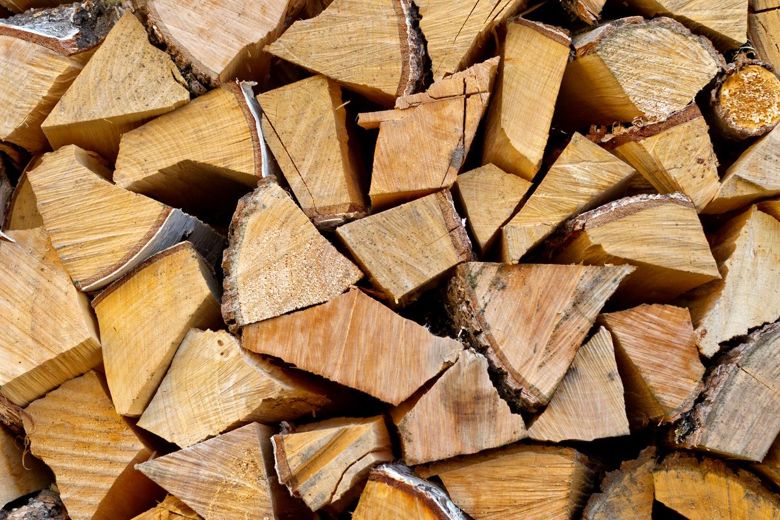Identify dry firewood

The moisture content of firewood is expressed as a proportion of the total weight: a stick of wood weighing one kilogram and with a moisture content of 20% contains 200 grams of water. In good conditions, the moisture content of firewood that has been felled and chopped at the right time can be brought down to 15% by air drying. The minimum requirement for the moisture content of firewood is under 20%.
You can easily identify whether the firewood is dry enough or still too damp to be burned by the following means:
- Weight. Dry firewood is significantly lighter than damp firewood. For example, a dry piece of birch can weigh about as much as half a milk carton, while a damp piece of the same size can weigh more than a whole carton.
- Cracking. Dry wood cracks at the ends. Wet or still damp wood is solid.
- Sound. Hitting two pieces of dry wood together produces a clear, echoing sound. The sound produced by damp wood is dull.
- Measuring. There are fairly inexpensive meters available that can be used to measure moisture content sufficiently reliably. For the most accurate result, split the wood and measure the moisture content from the exposed inner surface.
The calorific value of dry wood is higher than that of damp wood. Dry wood burns hotter than damp wood. Wet wood burns slowly and increases emissions. Since the calorific value of dry wood is higher than that of damp wood, it also generates more heat to its surroundings.